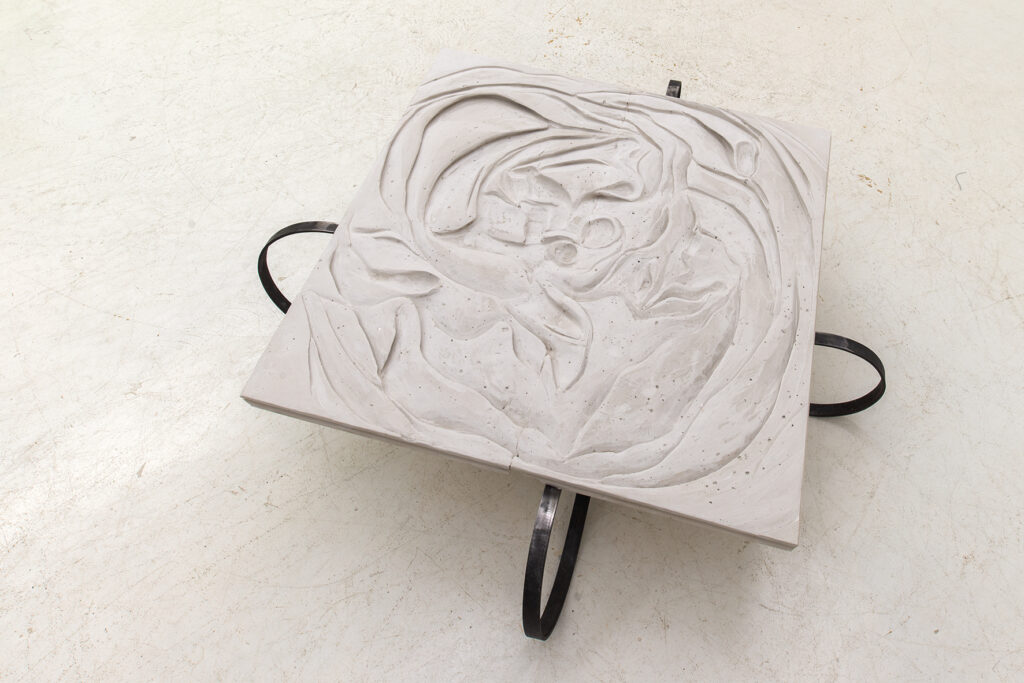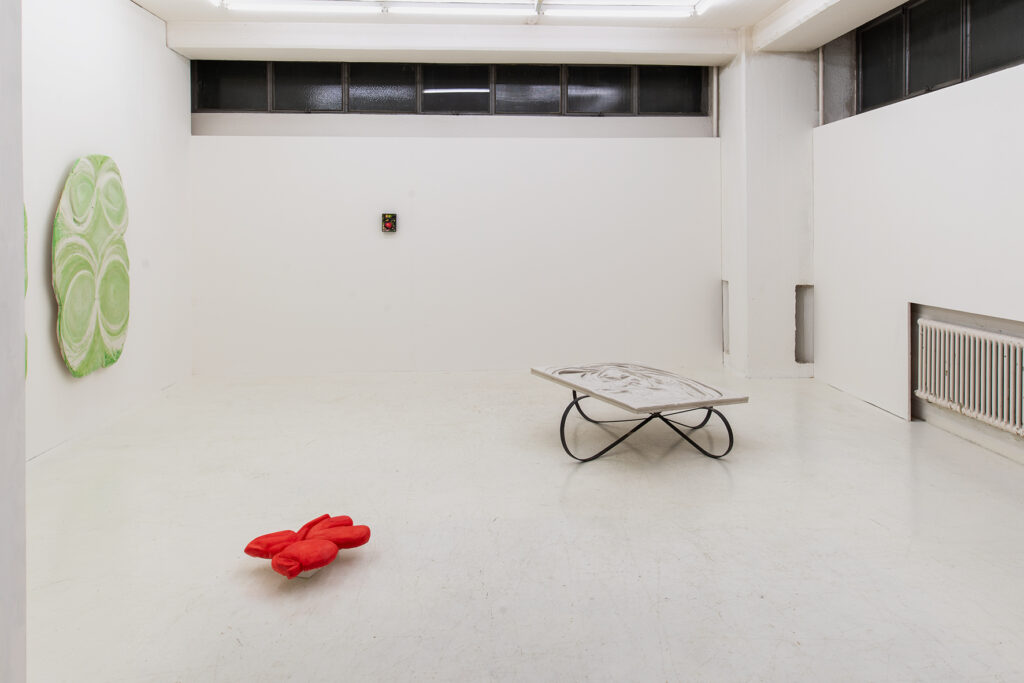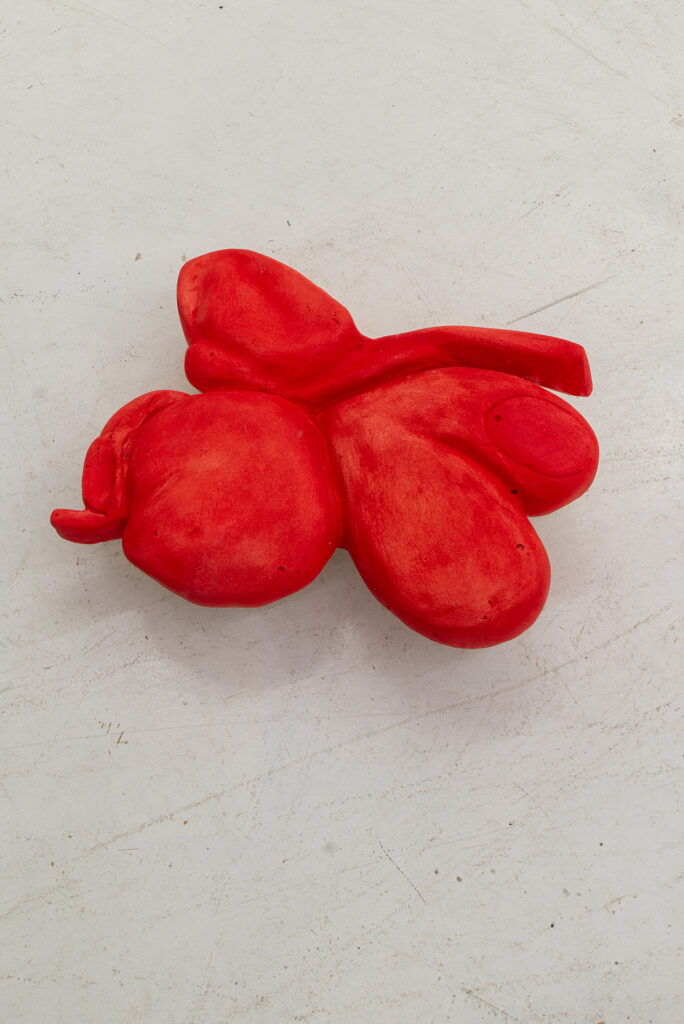AWAKE, TAKE, WORK, HOWL, LOVE, PART, REST
ARIANE VONMOOS
MARIE DUPASQUIER
“They’re a widespread wild land, or many species of plant, and a widely domesticated one, with new varieties created every year, and when it comes to the latter, roses are also big business. Roses meant everything, which skates close to meaning nothing.”
Rebecca Solnit (1)
« Bread for all! » What if the purpose of this claim was not sufficient for a life completion which would as much need “beauty, delight, love or just a rich interior life”2 ? Simple joys of existence such as gardening, looking at roses grow, enjoying the life’s physical pleasures would fulfil an existence aspiring to freedom. So opens Rebecca Solnit’s book “Orwell’s Roses“ and her investigation on Orwell’s love for gardening and “pastoral setting”. She involves the idealized aesthetic of the 18th century before opening on a large investigation on the roses’ long-lasting cultural mythology. The author deconstructs from the perspective of a large economic and social analysis this well anchored symbol in the collective memory and uses it as a trigger to question Orwell’s work and political engagements.
Apparently organized and domesticated, Ariane Vonmoos‘ garden invites us to circumambulate through the attractive plants. They ramp or rest in tenuous balance. They are here and seem not to care about our presence but rather develop autonomous qualities and resistance strategies to their, sometimes hostile, environment. As seductive as they might appear, roses nevertheless could unveil a little foretelling insect. Exactly like the one installed on this rosy rose of the 17th century’s still life “Vaso di fiori con due farfalle, un afide e due Murcidi”3 by the Italian court painter Giovanna Garzoni. With impeccable naturalism and a soft chromatic tonality, the painter reminds us in small doses of our inevitable tendency to wither, the finitude of our own existence but also the indefinite circle of rebirths, the continual repetition, the endlessness of the life cycle. Ouroboros, infinitely.
Part of the cycle of life and death, once cut, roses take the immediate path of death and become part of an ultra-commercial production chain of love signs owned by powerful lobbies; perhaps even one of the most ferocious capitalist enterprises to draw in and exhaust popular culture. Furthermore, the large scale production of this coveted object contributes to the dramatic degradation of environmental and social conditions.
Made of plaster and fiberglass, Ariane Vonmoos’ carved sculptures are robust. And if their gentle tones emerge sharply from the white-cube-like context, the elements are still exposed to vulnerable situations or disbalance, which emphasizes the instability of their existence. They absorb the diluted pigments as well as the complexity of the flowers’ examination. Thus, leading us to a broader reflection on the ambiguity of these emblems that compose our neo-liberal consumerist society’s pop culture. Ariane Vonmoos guides us through the fragility of our being and the meanings of beauty, love and sensuality and wishes for softness.
[1] Rebecca Solnit, Orwell’s Roses, London:Granta, 2021, p. 15
[2] “What George Orwell’s Roses Tell Us About His Politics”, Suzannah Lessard, NYTimes, 2021
[3] English: Vase of flowers with two butterflies, an aphid and two Murcids
This text was made to accompany the solo show “Awake, Take, Work, Howl, Love, Part, Rest” by Ariane Vonmoos at Anton Bortis, Zürich, Mar 4 – Apr 16, 2022.



